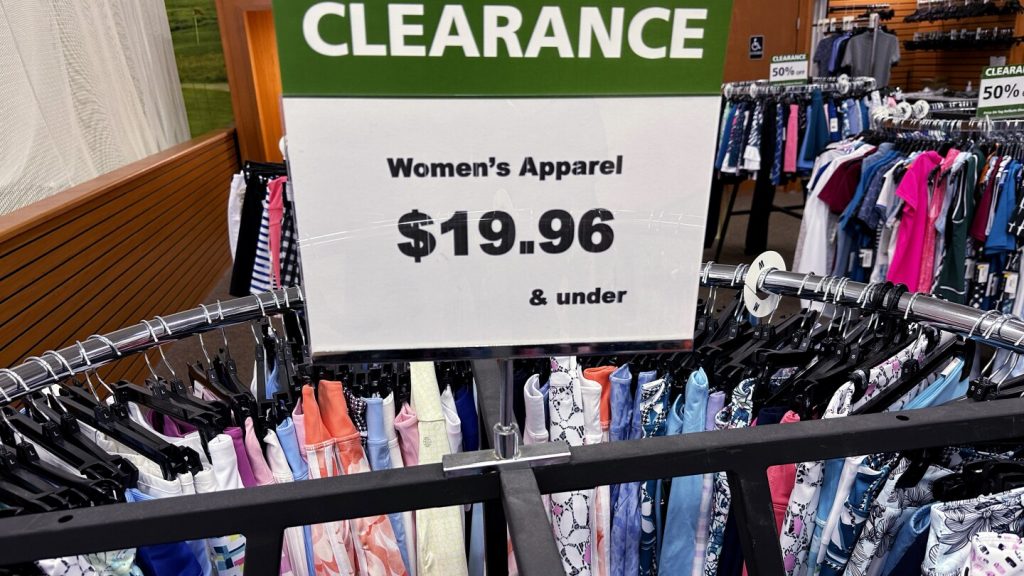In March, a key measure of inflation tracked by the Federal Reserve remained high, with prices rising 0.3% from February to March. This marks the third consecutive month that inflation has exceeded the Fed’s 2% target. Prices were up 2.7% from a year earlier, indicating a steady rise in inflation. Various factors such as expensive gas, higher prices for restaurant meals, healthcare, auto repairs, and insurance have contributed to the overall increase in prices.
Auto repair and replacement costs have surged due to a sharp increase in new-car prices in recent years. Auto insurance prices were up 8% in March compared to a year ago, further impacting inflation. Gas prices also rose by 1.6% from February to March, with national averages reaching $3.66 a gallon in April. Despite these increases, grocery prices remained unchanged last month and were only up 1.5% from a year earlier.
The persistently high inflation levels have posed a challenge for the Federal Reserve, which had initially projected multiple rate cuts in 2024 to combat inflation. However, recent data has led Fed officials, including Chair Jerome Powell, to indicate that they have no immediate plans to cut rates. Economists now believe that the Fed may cut rates once or twice this year, potentially starting in September. Despite the inflationary pressures, consumer spending has remained strong, indicating healthy economic growth.
Consumer spending rose 0.8% in March, well above the rate of inflation, showcasing Americans’ willingness to spend even at higher prices. The steady spending has supported economic growth, with consumers driving growth in the first three months of 2024. Although the economy slowed during this period, consumer demand remained healthy. Average incomes also increased slightly in March, with after-tax disposable incomes up 1.4% from a year earlier.
Since March 2022, the Fed has increased its benchmark rate 11 times to tackle high inflation levels. These rate hikes initially helped reduce inflation but the decline stalled at the beginning of this year, resulting in persistently elevated price levels. Despite the economic challenges posed by inflation, the Biden administration has highlighted the decline in inflation as a positive outcome of its policies. However, prices for essentials like food, rent, and gas remain significantly higher than they were four years ago, impacting Americans’ perception of the economy.
The Fed primarily relies on the personal consumption expenditures price index to gauge inflation over the consumer price index. The PCE index accounts for changes in consumer behavior amid inflation spikes and tends to show lower inflation rates compared to the CPI. Rent plays a significant role in influencing the CPI, affecting its inflation rate. Overall, the challenges posed by inflation remain a focal point for policymakers, economists, and the Biden administration as they navigate the economic landscape.


